.An object is moving with a uniform acceleration which is parallel to its instantaneous direction of motion.The displacement x - velocity (v) graph of this object is
A

B

C

D

Video Solution
Text Solution
The correct Answer is:C
if u = 0,
i.e. graph should be parabola symmetric to displacement axis.
|
Topper's Solved these Questions
- MOTION IN ONE DIMENSIONBOOK - ERRORLESSCHAPTER - MOTION IN ONE DIMENSIONEXERCISE - ASSERTION AND REASON
24 Videos
- MOTION IN ONE DIMENSIONBOOK - ERRORLESSCHAPTER - MOTION IN ONE DIMENSIONEXERCISE - NCERT BASED QUESTIONS (MOTION UNDER GRAVITY )
56 Videos
- KINETIC THEORY OF GASES BOOK - ERRORLESSCHAPTER - KINETIC THEORY OF GASES EXERCISE - ASSERTION AND REASON
16 Videos
- MOTION IN TWO DIMENSIONBOOK - ERRORLESSCHAPTER - MOTION IN TWO DIMENSIONEXERCISE - ASSERTION & REASON
19 Videos
Similar Questions
Knowledge Check
An object is moving with a uniform acceleration which is parallel to its instantaneous direction of motion. The dispalcement (s)-velocity (v) graph of this object is.
A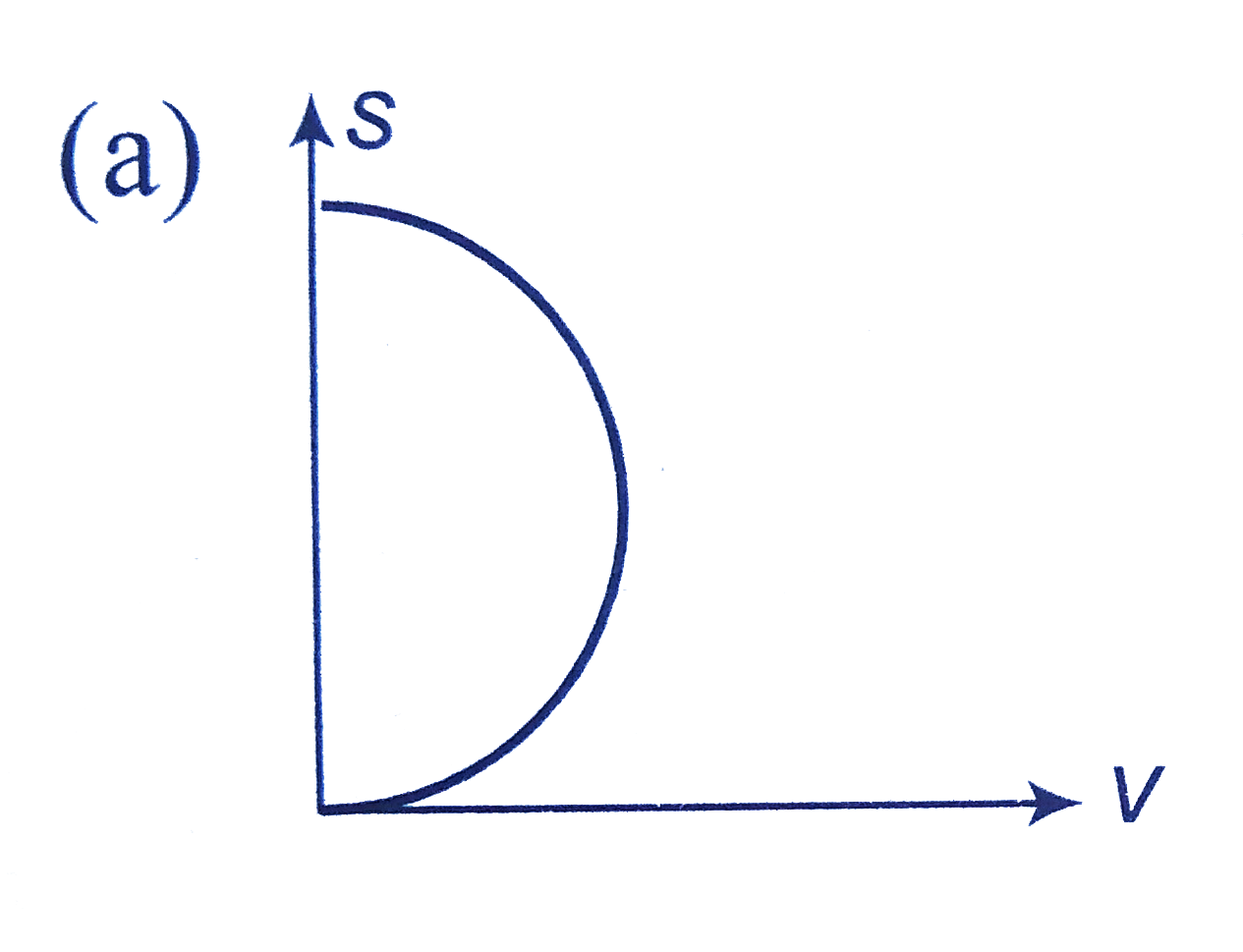 .B
.B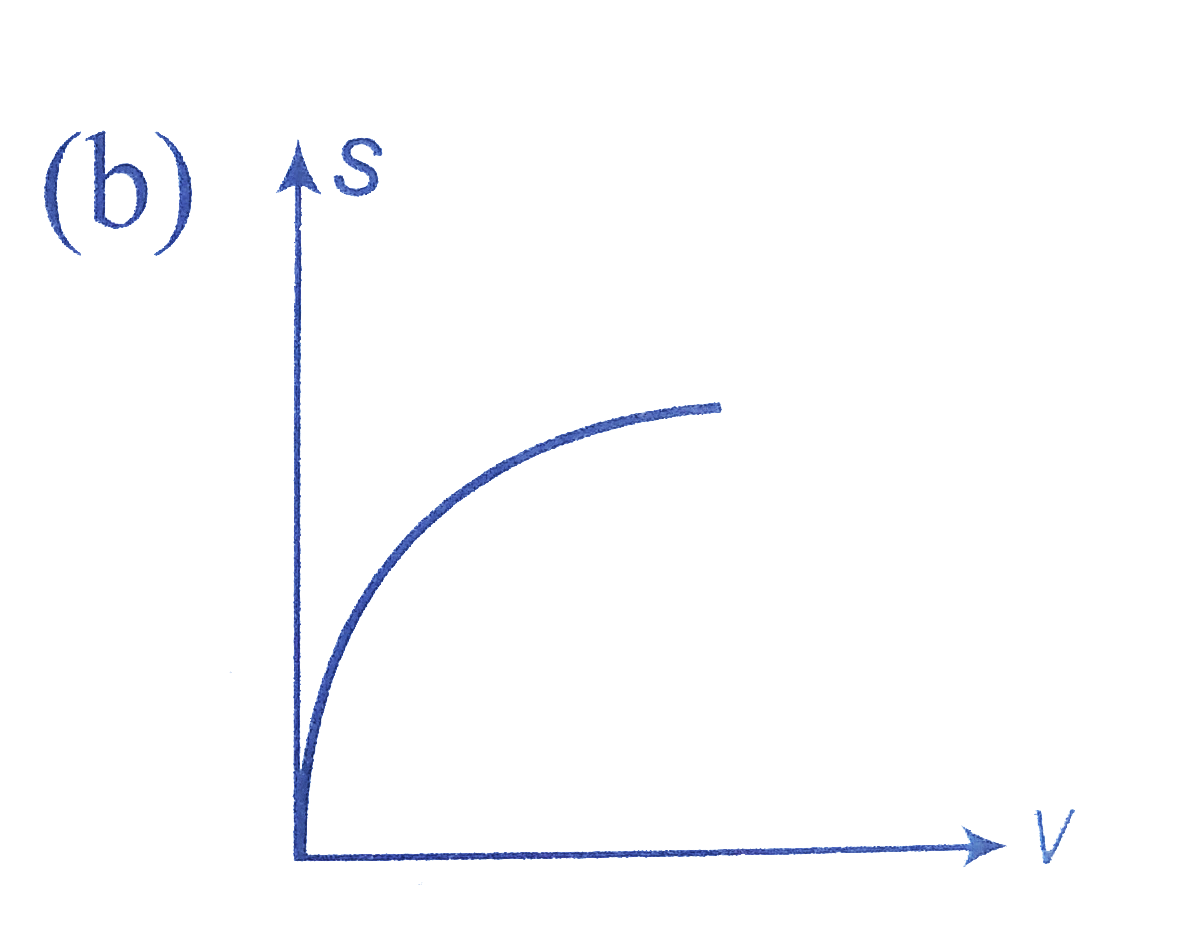 .C
.C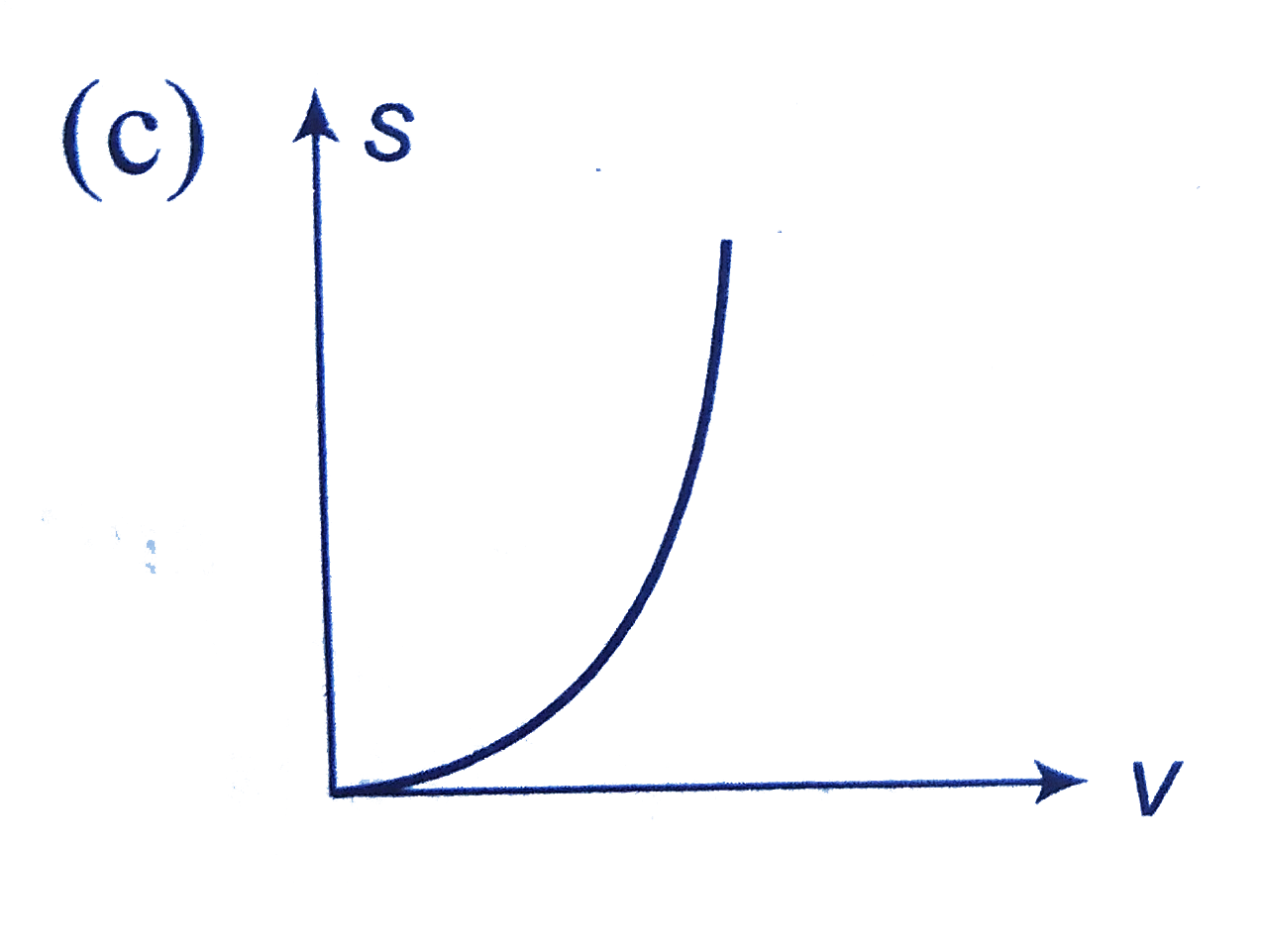 D
D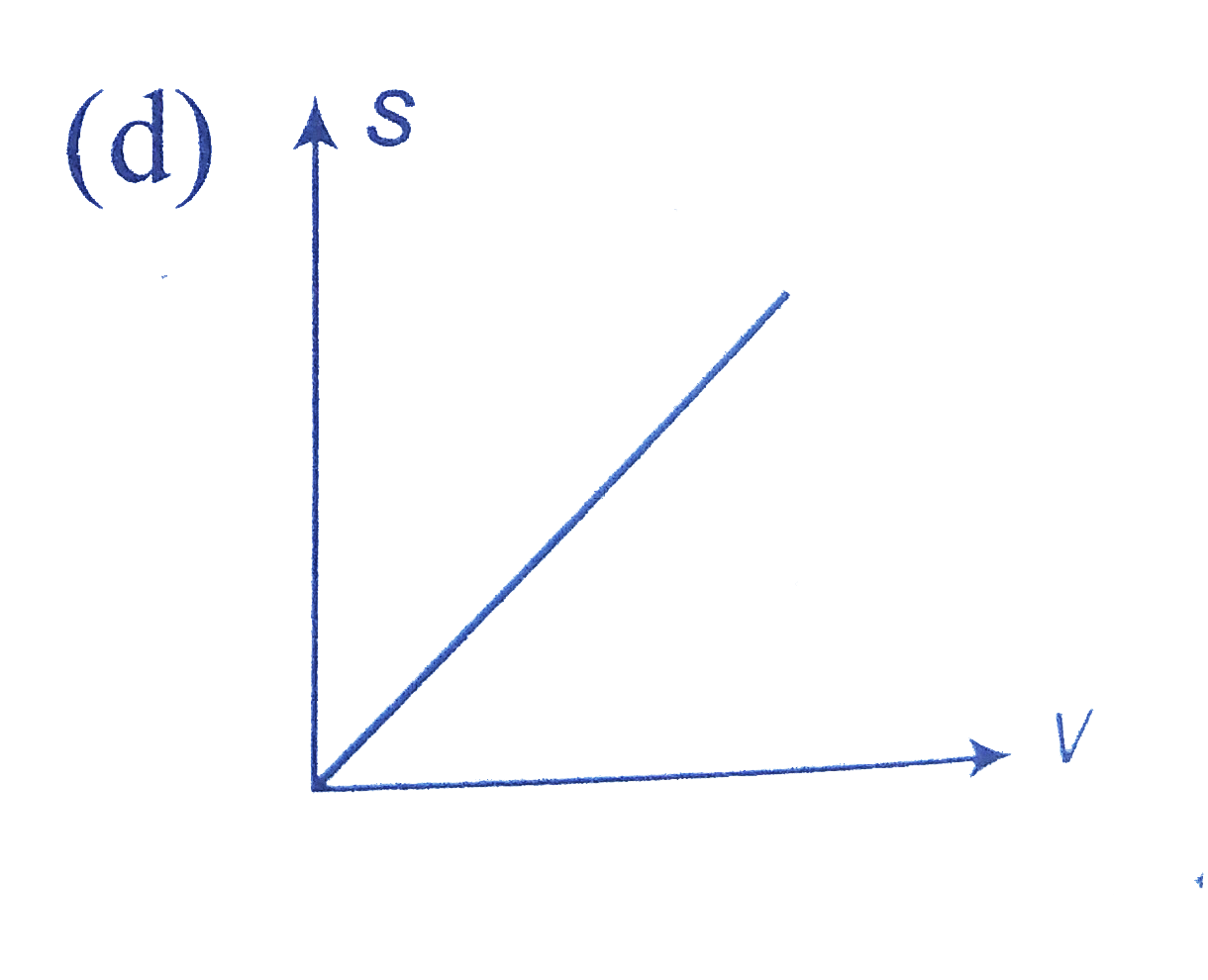 .
.An object moving with uniform circular motion shows
Aconstant accelerationBconstant velocityCconstant change in directionDconstant change in motionThe displacement (s)- velocity ( v ) graph of a particle if it starts moving from rest with a uniform acceleration which is parallel to its instantaneous direction of motion is
A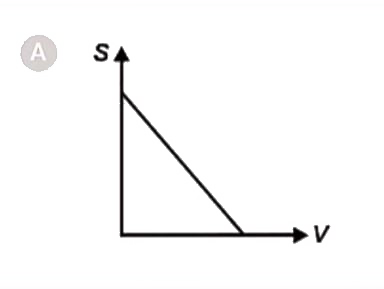 B
B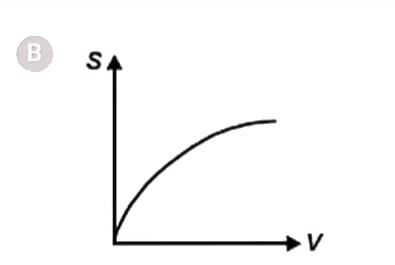 C
C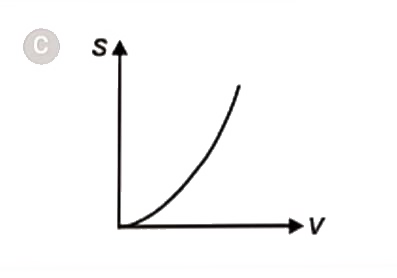 D
D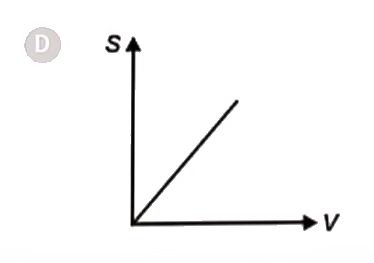
When an object is moving with a uniform velocity, what is its acceleration?
View SolutionIf an object undergoes a uniform circular motion, then its
View SolutionFor an object starting from rest with uniform acceleration which of the following graph is incorrect, where s, v, t are displacement, velocity & time.
View SolutionThe slope of velocity-time graph for uniform motion of an object is
View SolutionAn object is moving with uniform acceleration a. Its initial velocity is u and after time t its velocity is v. The equation of its motion is v = u + at. The velocity (along y-axis) time (along x-axis) graph shall be a straight line
View Solution
